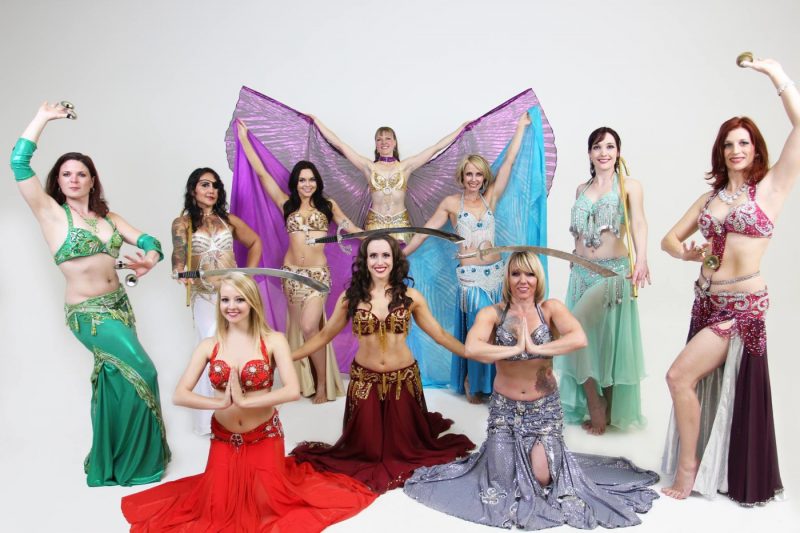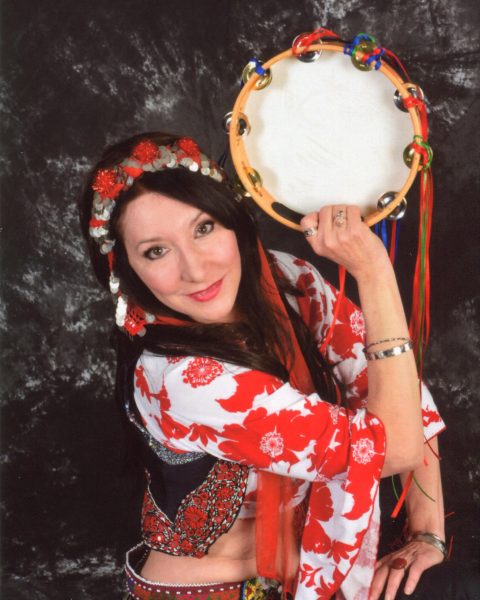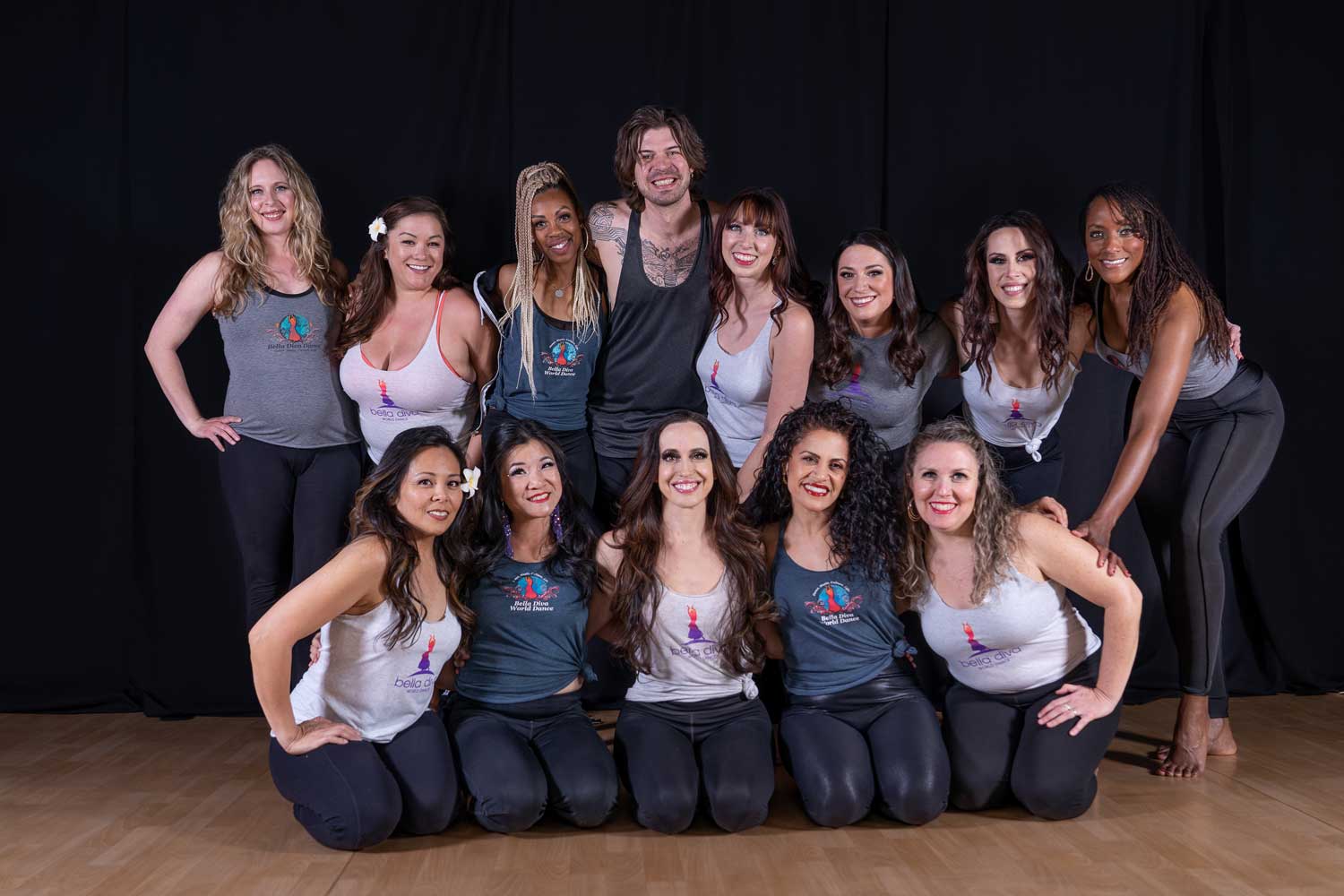
The use of props adds a little variety to classic belly dance.
Each prop is a different challenge and brings a different learning experience.
The Most Common Props for Belly Dance
Although we’ve already talked a bit about doumbeks and zills, there are other tools that are used to dress up this Middle Eastern dance. Some belly dance props are a little intimidating, but nothing that a little practice and a lot of attitude can’t pull off.
 Veil
Veil
The veil adds some mystery and elegance to the dance. Dancers usually start out fully covered by the veil and eventually reveal themselves. They can use a single veil or a double veil. This prop creates beautiful shapes in the air.
Dance Spoons
The spoons are said to be from Cappadocia in Turkey but were used in many regions of Greece. Spoons are usually wooden and are used to clap out a rhythm that supports the music, not repeat the melody in the foreground, while the dancer’s feet are moving to a different step rhythm. It can be pretty confusing at first, but practice can conquer this, too.
Cane
Egypt is home to a different type of belly dance called Saidi, which incorporates the cane to imitate a dance that men do with a stick. The difference lies in the fact that, for men, the stick represents a weapon, thus making the dance powerful, while women use the cane in a sassier, more delicate way.
Candelabra
The origins of the candelabra dance are not clear to this day. One thing we do know is that, in the past, the candelabra, also called shamadan, was not supported by a headband, which meant dancers had to invest in years of practice to get the technique just right.

Sword
Using this prop is an impressive balancing act. The sword adds an element of power and control to the dance and it requires a lot of skill; otherwise, it can certainly be dangerous. Sword belly dance is meant to represent the power and strength of a woman, in contrast with her balance and poise.
Tambourine
Another name for this instrument is Deff, which is a kind of circular frame drum. The tambourine is a very common instrument in many cultures. The Egyptians have one called rik and Brazilians have the pandeiro. However, the tambourine is more common in gypsy or tribal style dances.
So, which is your favorite prop? Belly dance is such a captivating style of dance with endless variations. The Middle Eastern culture brings a lot of historical richness that is fascinating to dive into.
Sharing this with you is what we love to do at Bella Diva Dance. Join a class and immerse yourself in the world of dance.

